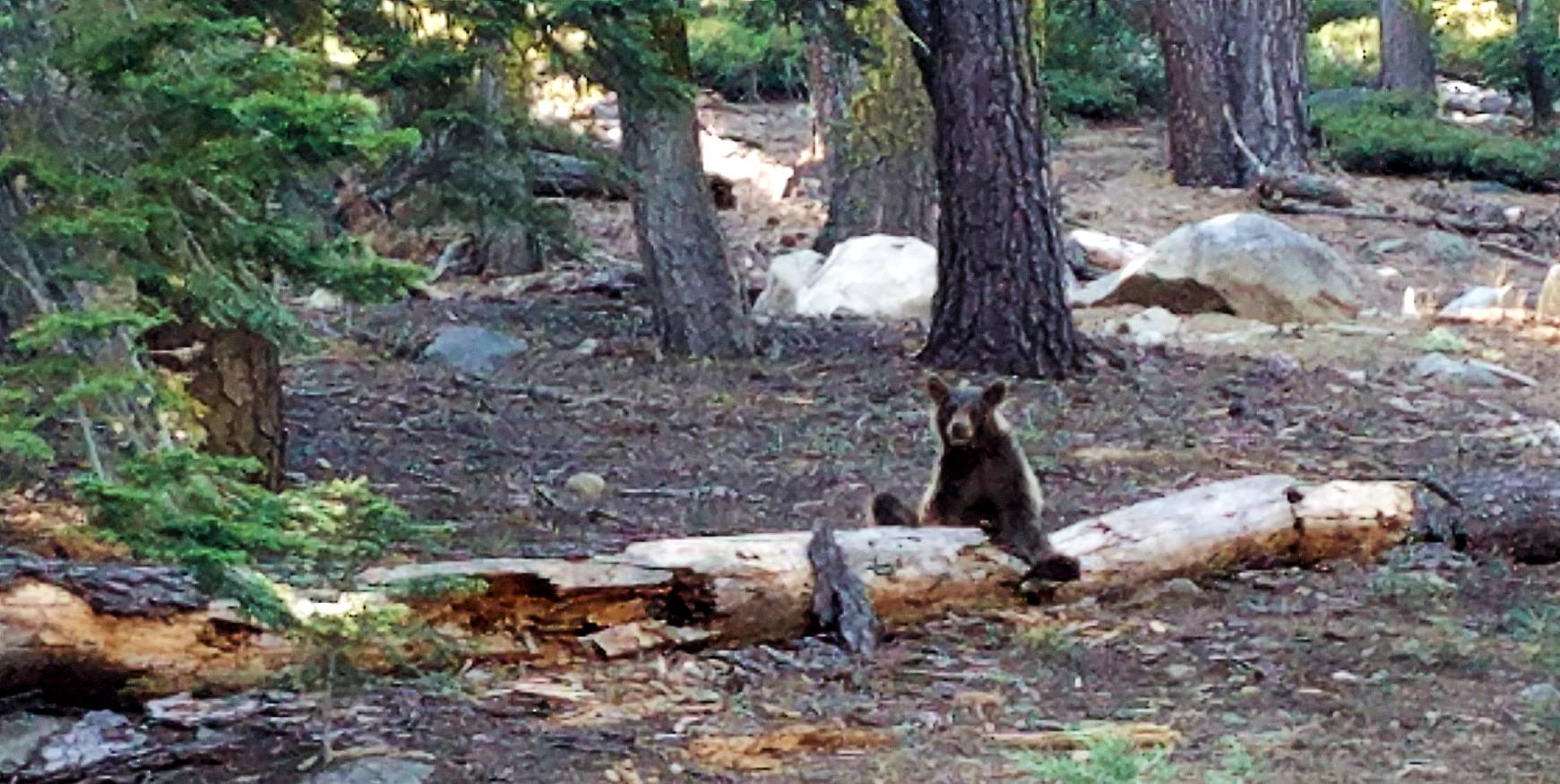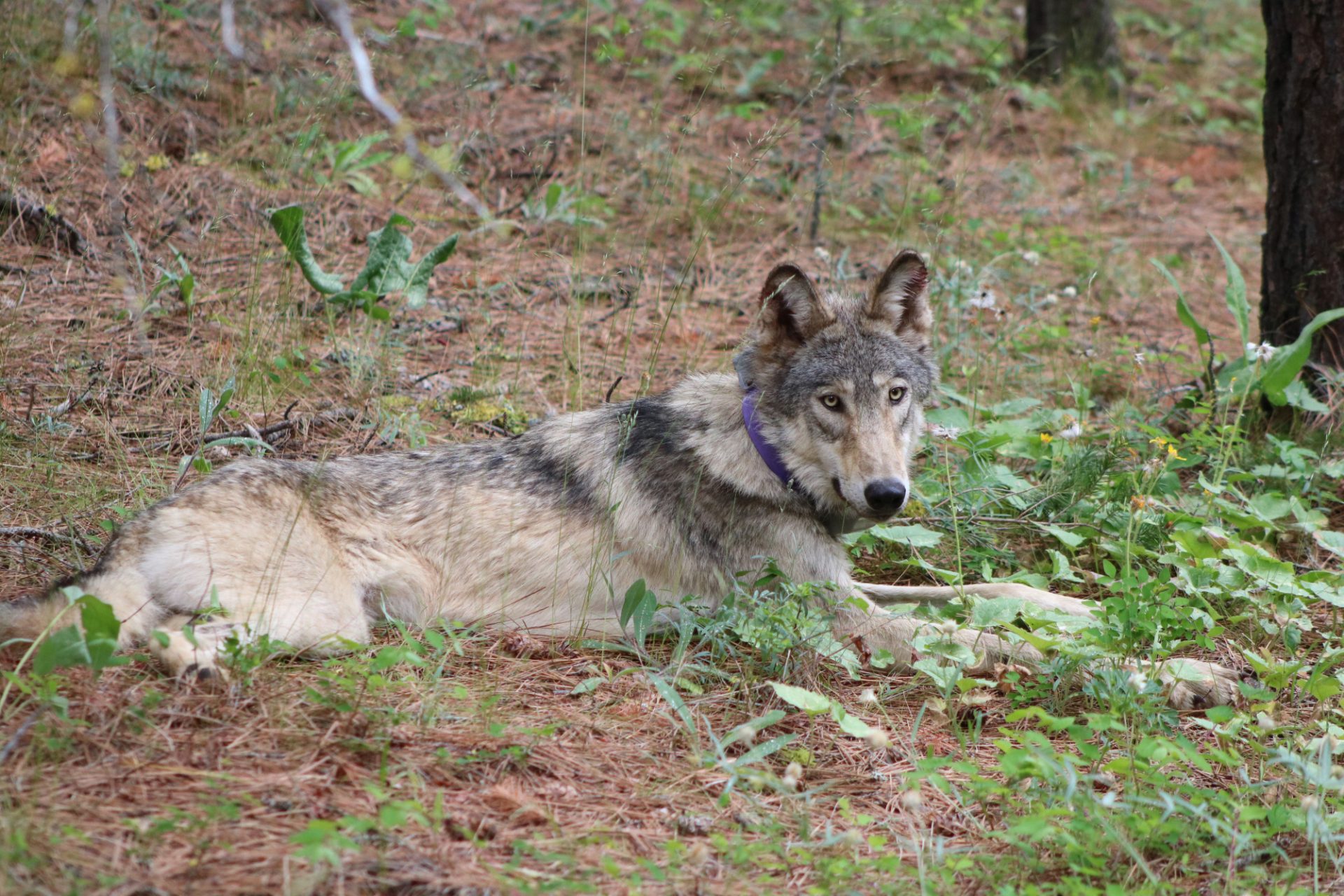Wildlife observation presents an opportunity to connect with nature and gain a deeper understanding of various animal species. However, it’s important to adhere to the dos and don’ts of wildlife observation and ensure the safety of both the observer and the observed.
Do: Dress Appropriately and Be Aware of Hunting Season
When planning to observe wildlife, dressing appropriately enhances the experience. Neutral colors can help you blend in with the environment. However, if you’re out hiking during hunting season, a bright orange vest is necessary to avoid tragic mishaps. Remember to wear long sleeves and long pants and tuck your cuffs into your boots if you’re in a tick-prone area.
Do: Keep Your Distance
Maintaining a respectful distance from animals is a fundamental aspect of wildlife observation. This practice ensures your safety and allows animals to engage in their natural behaviors without stress or fear.
Do: Follow Park and Forest Service Rules
National and state parks and forest preserves have rules for a reason: to keep visitors safe. Don’t flaunt the rules about restricted areas or bothering wildlife. We’ve all seen the videos of clueless tourists getting butted (or worse, gored) by bison they approached too closely. Don’t let that be you tangled up with a Sierra mule deer.
Before you enter any of the wilderness areas or parks strung along the Sierra Nevada range, visit the governing body’s website to learn what’s prohibited in the area.
Don’t: Feed Wild Animals
Feeding wild animals can lead to numerous problems, including health issues due to consuming inappropriate diet and increased dependency on human-provided food. It also heightens the risk of dangerous encounters as animals may associate humans with food.
Don’t: Approach, Tease, or Provoke Wild Animals
Approaching, teasing, or provoking wild animals is disrespectful, and it can trigger defensive responses that can lead to harmful situations. It is essential to remember that we are visitors to their habitats and should behave accordingly.
Don’t: Bring Your Dog
Bringing a dog during wildlife observation can cause unnecessary stress and disturbances for both the animals and the dog. It is best to leave pets at home. If you must keep your dog with you, make sure you keep your pet leashed.
Do: Know How To React if You Encounter Wild Animals in the Sierra
Know how to react when encountering wild animals. While you’re more likely to see moose or caribou in Manitoba than in the Sierra, you may spot bears, mule deer, coyotes, and mountain lions. The Bishop Visitor Center maintains a list of wildlife common in the eastern Sierra and tips on what to do if you encounter the species listed.
Following these dos and don’ts of observing wildlife can contribute to an enriching and respectful experience. As we venture into their world, it is our responsibility to ensure the safety and well-being of the wildlife around us.









